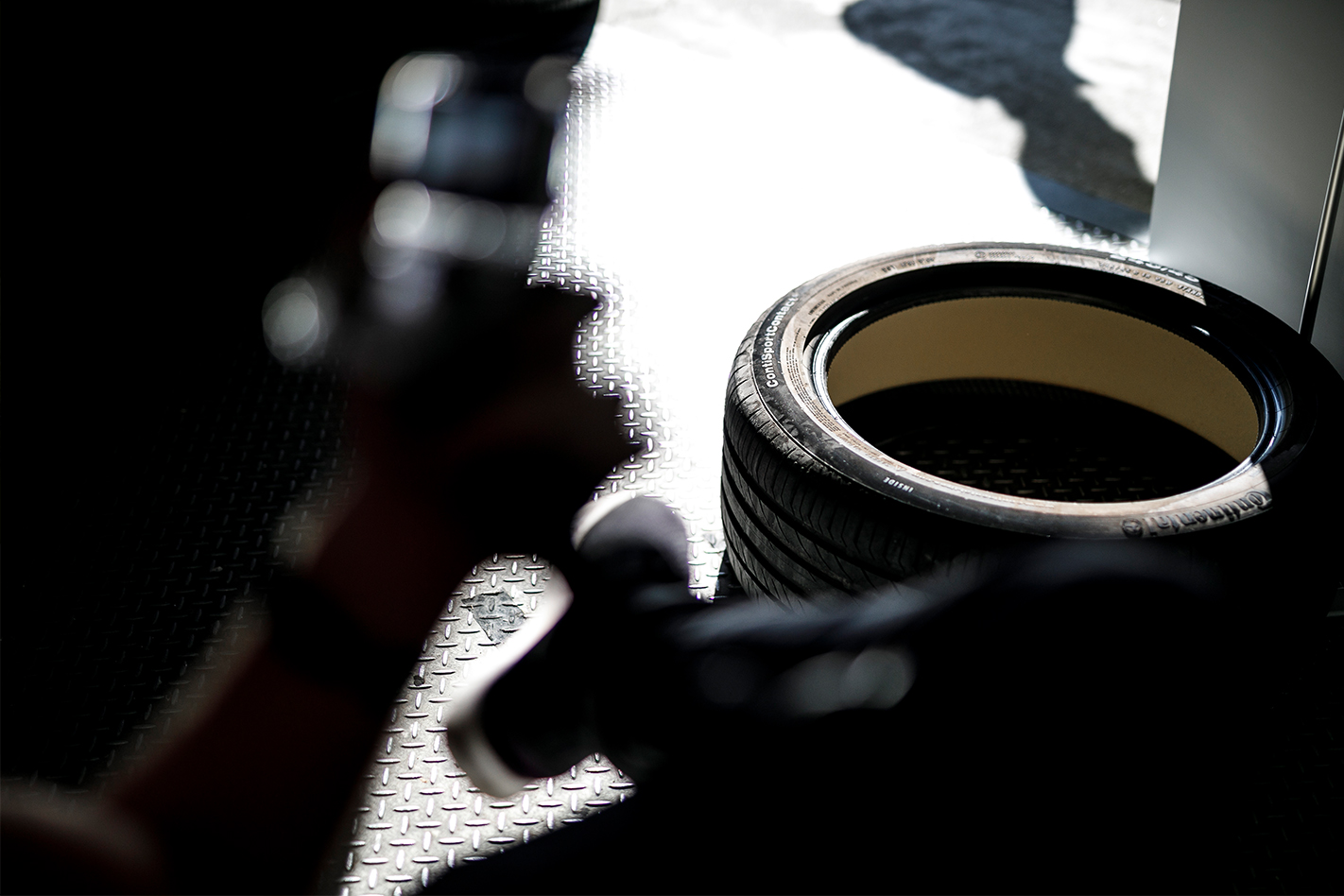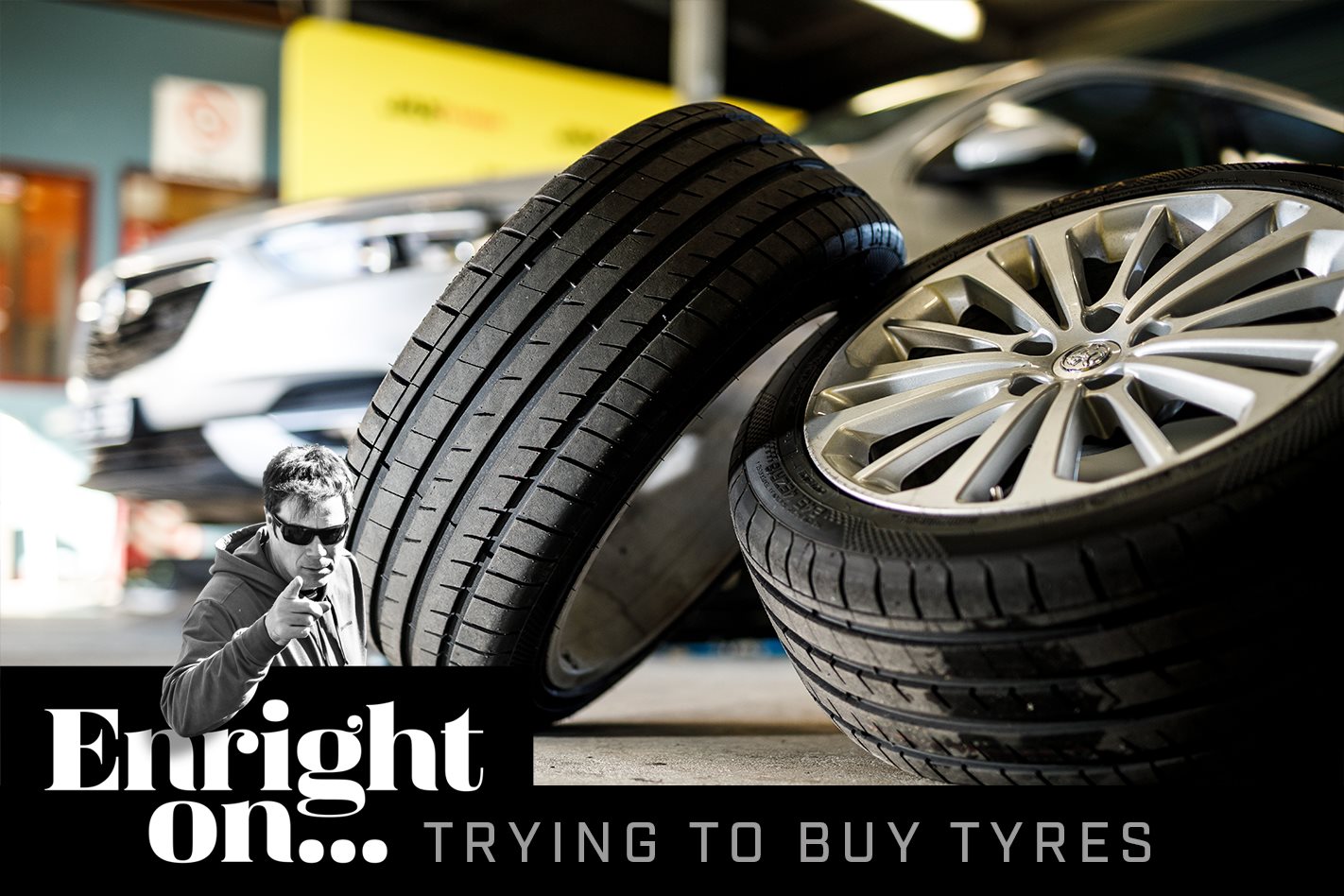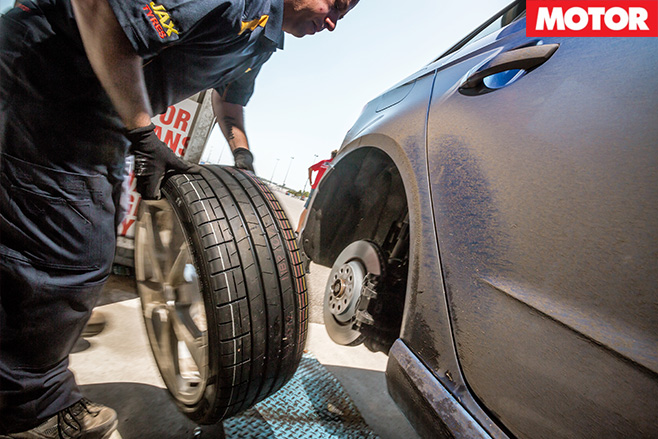Jump onto any tyre company’s website and it’s easy to understand why the public are completely bamboozled by the rubber they put on their cars. It’s genuinely berserk.
Let’s take Bridgestone as an example. I can select from the Ecopia, Potenza, Turanza ranges or alternatively I can have Firestone, Supercat or Dayton branded tyres. Every single tyre that has customer review rates of five stars. If I choose Bridgestone Potenza tyres because they look the sportiest, I then get another seven tyre choices.
The S001 is billed as the ultimate performance tyre for premium sports cars. Except that I then read that Ferrari and Aston Martin choose the S007. They sound like premium sports cars too. The RE003 ‘raises the bar even higher for sports performance tyres’ and the RE050A is chosen by Porsche and Ferrari and is designed for you to ‘push your prestige sports car to the limit’. We haven’t even got into sizing and whether you need run flats or not. The permutations run into the thousands for just one manufacturer. No wonder people are confused.
Bridgestone is actually one of the clearer examples. At least it makes clear that its three main tyre families – Ecopia, Turanza and Potenza – are for economy, luxury touring and sports driving respectively. I have no clue what a Yokohama S71A does that an E70 DB or an A349 doesn’t. Then you take a look at the number of brands on sale in Australia (I ran out of patience at 150) and give up. Rare Breed? Boto? Membat? Boristar? Dick Cepek? Allosaurus? Nope. Maybe get the Blacklion Voracio. If that doesn’t have you trawling eBay for a white sidewall marker pen I don’t know what will.

Your tyres are the most safety critical part of the most dangerous activity you routinely undertake. Couched in those terms, they’re probably the most important retail choice you make and yet many of us go in completely blind. Imagine any other product marketed this way, with a deluge of brands and little way of establishing good from bad.
It’s not helped by a retail model that sometimes seems arse about face. Walk into a tyre dealer and opt to shell out for a reassuringly familiar, trustworthy and expensive brand and all too often you’ll have somebody try to talk you out of it, directing you instead to a no-name brand because the margins are that much more aggressive. So instead of fitting a quality tyre to your motor, you’re being pressured to spend less and compromise your own safety.
In the last Wheels tyre test, the difference in wet braking (from 80km/h) between the best and worst tyres was around 20 percent which means that when a car with the best tyres has stopped, a similar one fitted with the worst tyres is still travelling at 28km/h. That could be the difference between a sweaty brow and a write-off. Still want those cheap tyres?
Given that you’re here, you probably know already that budget rubber is a false economy. I’m preaching to the converted. But here’s my tip to make things better. People never ask me about tyres but they always ask for advice when buying a used car. The first thing I tell them is that if you want to know if a car’s been well looked after, look at the tyres it’s on. If they’re in good condition and from a reputable brand, that says good things about its vendor. What are decent brands? If the car has rubber from Continental, Pirelli, Michelin, Yokohama, Dunlop, Kumho, Goodyear, Toyo, Hankook, Falken or Bridgestone you shouldn’t go too far wrong.
So spread the gospel. Next time somebody asks you whether a used car is any good, tell ‘em to check the rubber first. And run at the sight of an Allosaurus.






